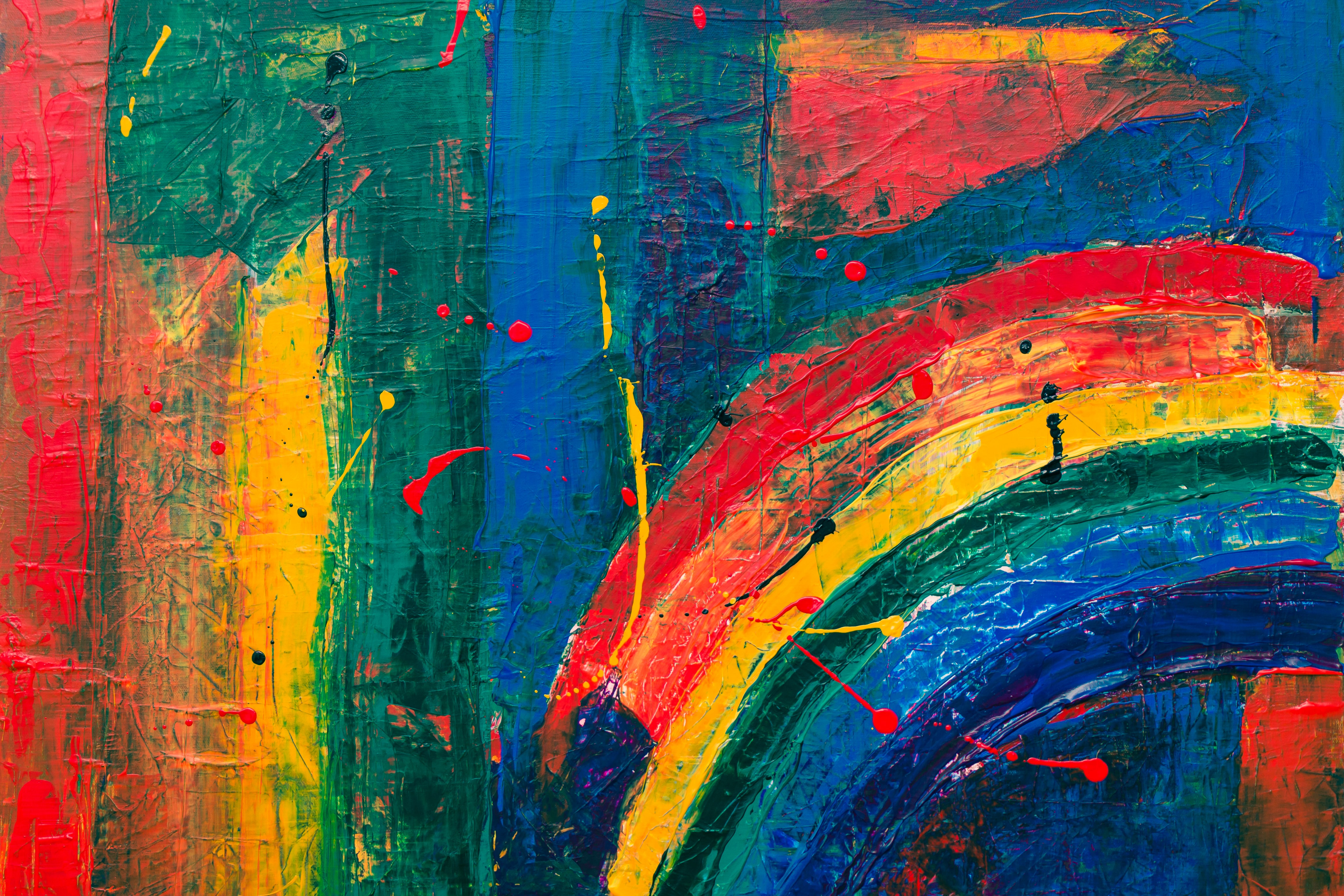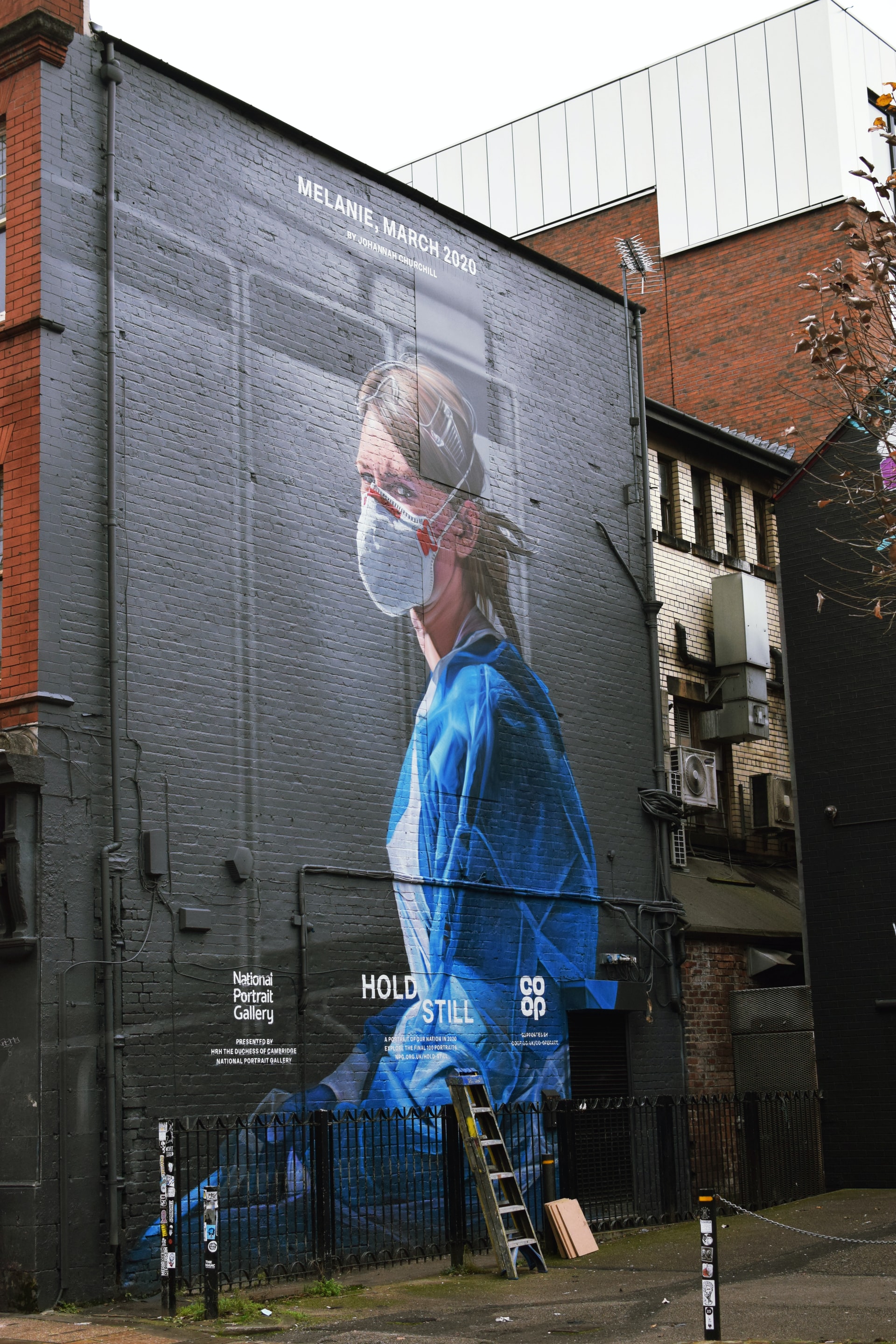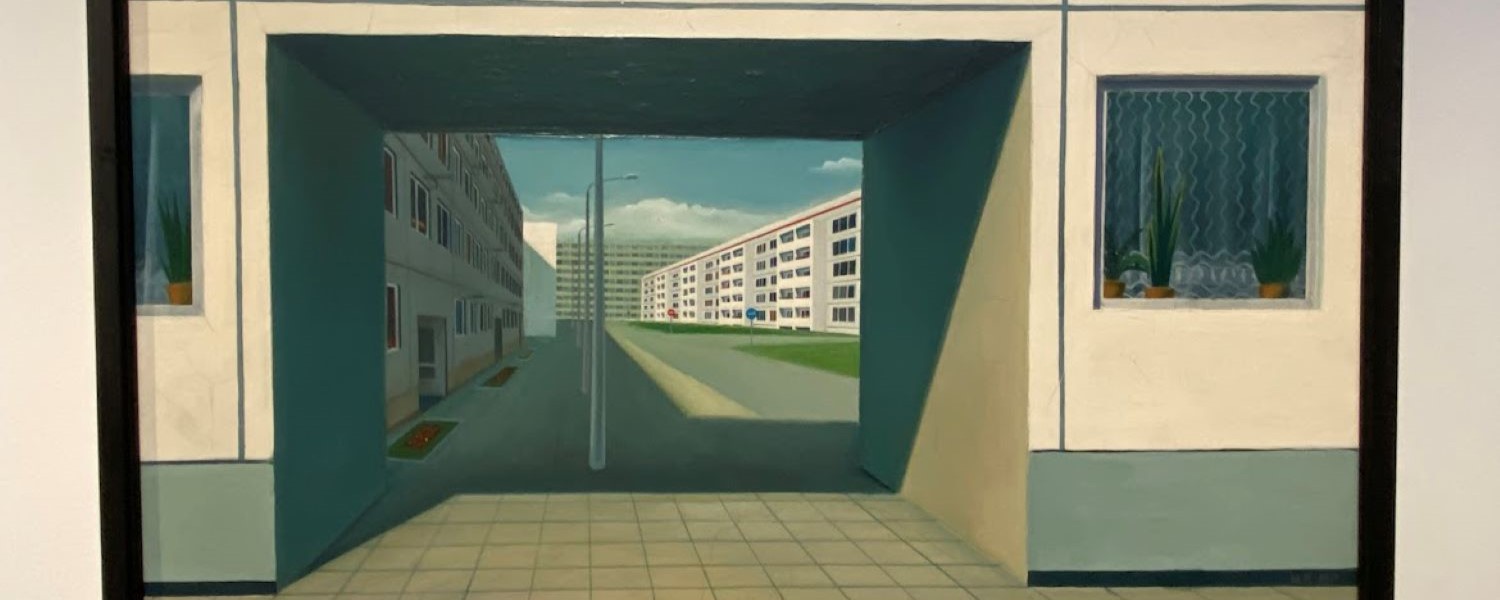
Cultural and creative sectors are among the worst affected by the coronavirus pandemic. Recent analysis suggests that jobs at risk in the sector range from 0.8 to 5.5% of employment across OECD regions. In the UK, the arts, entertainment and recreation sector saw the second largest economic decline of all sectors of the economy during the pandemic.
While the negative impact of crises is justifiably focused on, there are often positive opportunities to arise from such shocks such as widespread collaboration and innovative behaviours to find solutions. Indeed, the current pandemic is no different. Amidst the myriad of reports of the dire economic impact emerges a much more colourful picture of a resurgence in arts and creativity across not only the country but the world.
Rising creativity
From the abundance of rainbows displayed in windows across the UK to singers and musicians entertaining their neighbours from their balconies in Italy and elsewhere, the global pandemic has led to many turning to the arts and creative activities in a bid to help each other’s wellbeing and to thank those on the frontline for their heroic efforts to protect us all.
Many young people found new ways to express themselves through creativity during lockdown, whether drawing or making things, creating music or videos to share on social media. Examples of what young people in England have been creating are presented in Arts Council England’s project The Way I See It .
All sorts of artists from across the globe have been sharing their coronavirus-inspired artwork via social media.
The infamous street artist Banksy has also been joining in, creating a variety of new work from rats encouraging people to wear face masks on the London Underground to a piece paying tribute to NHS workers in Southampton General Hospital.
And the industry itself has had to get creative finding new ways to reach people. Many cultural and creative organisations have moved to delivering digital content to keep audiences engaged, which has opened the door for many future innovations. Organisations and individuals have also been doing a variety of work to reach those most in need such as projects creating new programmes or adapting existing work to reach people who are shielding or vulnerable in their homes, overwhelmingly addressing loneliness and isolation. One participant described their experience:
“I found the process of drawing and painting both cathartic and healing at the most difficult time of my life.”
Economic and social value
While there has generally been a need to make the case for the value of arts and creative activity, whether in education or business, perhaps the impact of lockdowns has afforded the opportunity for everyone to recognise their value both at times of crisis and as part of recovery.
The sector is already an economic driver and source of innovation. In 2019, the economic output of arts and culture was equivalent to 0.5% of the whole UK economy. And despite the immediate economic impact of the pandemic, there is hope that the sector will recover quickly, albeit with significant government support. Recent research from the Centre for Economic and Business Research (CEBR) predicts that the sector’s Gross Value Added (GVA) will return to its pre-lockdown level of £13.5bn by 2022 with the help of the Culture Recovery Fund, a full year earlier than was anticipated without government intervention. The research also shows the sector is set to be worth £15.2 billion to the economy by 2025.
As well as contributing to the economic recovery, the sector can also play a crucial role in the social recovery as indicated by the many examples highlighted above.
As non-educators, many home-schooling parents have moved towards cultural and creative enrichment for their children. It has been well-documented that arts and creative activities can help improve mental health and wellbeing and at a time when there are grave concerns about young people’s mental health, surely this can only be a good thing.
As previous pandemics and disasters have consistently shown, a major focus of recovery needs to be on mental health; something that the arts and creative industries can clearly help with.
Final thoughts
At time when we might all feel like social distancing from ourselves, the arts and creative activities can provide an escape for everyone. The value of arts and culture, both economically and socially, cannot be underestimated. Perhaps the most positive outcome of the current pandemic for these sectors, will be the newfound appreciation of them from all walks of life which will hopefully translate into decision-makers thinking twice before laying the brunt of budget cuts at their door.
Read some of our other posts on arts and culture:
- Can the arts recover from coronavirus? (part 1)
- Can the arts recover from coronavirus? (part 2)
- Creative contribution – the value of arts education
Follow us on Twitter to find out what topic areas are interesting our research team.
Share
Related Posts
“Artists have embraced the street and the built environment as integral to their work and practice, individual pieces reflecting context and location as surfaces become living canvases, rehumanizing the urban landscape.” – Asli Aktu: Shaping Places Through Art “In the ....
The World Health Organisation (WHO) has estimated that over 1 billion people are living with some form of disability worldwide – that’s about 15% of the world’s total population. And, with trends in life expectancy and the prevalence of chronic ....
From everyone at The Knowledge Exchange and our parent company Idox, we’d like to wish you a very Happy Christmas, and all good wishes for 2022. The enquiries service of The Knowledge Exchange will close on 24 December, and reopen ....


